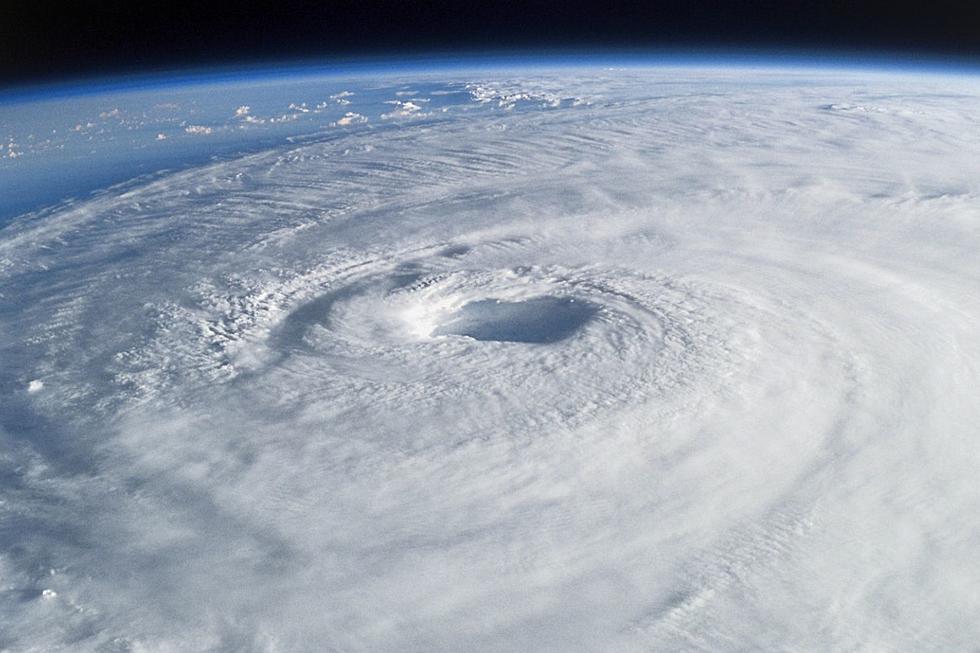
Are You Officially Ready for a New Category 6 Hurricane in New England?
Hurricanes are becoming increasingly stronger, so much so that there's a good chance a a new category will enter the lineup. We're no stranger to Hurricanes in New England and along our Massachusetts to Maine coastline, with eight hurricanes resulting in retired names because of their detrimental damage.
According to the Guardian, scientists are proposing a category 6 to classify what they're calling 'mega-hurricanes.' Since 2014, we've had five storms that would have been classed as a category 6 strength if the category had existed.
According to the Proceedings of the National Academy of Sciences, these mega-hurricanes will most likely increase in numbers in the coming years because of global heating and warming of our oceans and atmosphere.
Global warming has increased the energy available for tropical cyclone intensification through increases in latent and sensible heat fluxes from warmer ocean temperatures As a result, storm intensities well above the category-5 threshold are being realized and record wind speeds will likely continue to be broken as the planet continues to warm.
As a reminder, these are the current categories and wind speeds for what's called the Saffir-Simpson Hurricane Scale, according to the National Oceanic and Atmospheric Association.
Category One Hurricane:
Winds 74-95mph. Very dangerous winds will produce some damage.
Category Two Hurricane:
Winds 96-110mph. Extremely dangerous winds will cause extensive damage.
Category Three Hurricane:
Winds 111-129mph. Devastating damage will occur.
Category Four Hurricane:
Winds 130-156mph. Catastrophic damage will occur.
Category Five Hurricane:
Winds 157mph or higher. Catastrophic damage will occur.
With the addition of a Category Six Hurricane, Category 5 winds would change from 157 mph or higher to 157mph to 191mph. A Category 6 would be 192 mph or higher sustained winds.
There haven’t been any in the Atlantic or the Gulf of Mexico yet but they have conditions conducive to a category 6, it’s just luck that there hasn’t been one yet. I hope it won’t happen, but it’s just a roll of the dice. We know that these storms have already gotten more intense, and will continue to do so.
There's no word yet on when this classification change could happen.
Click here to see the eight retired hurricane names in New England.
KEEP READING: Get answers to 51 of the most frequently asked weather questions...
LOOK: The most expensive weather and climate disasters in recent decades
Gallery Credit: KATELYN LEBOFF
More From WSHK-WSAK 102.1 & 105.3 The Shark









